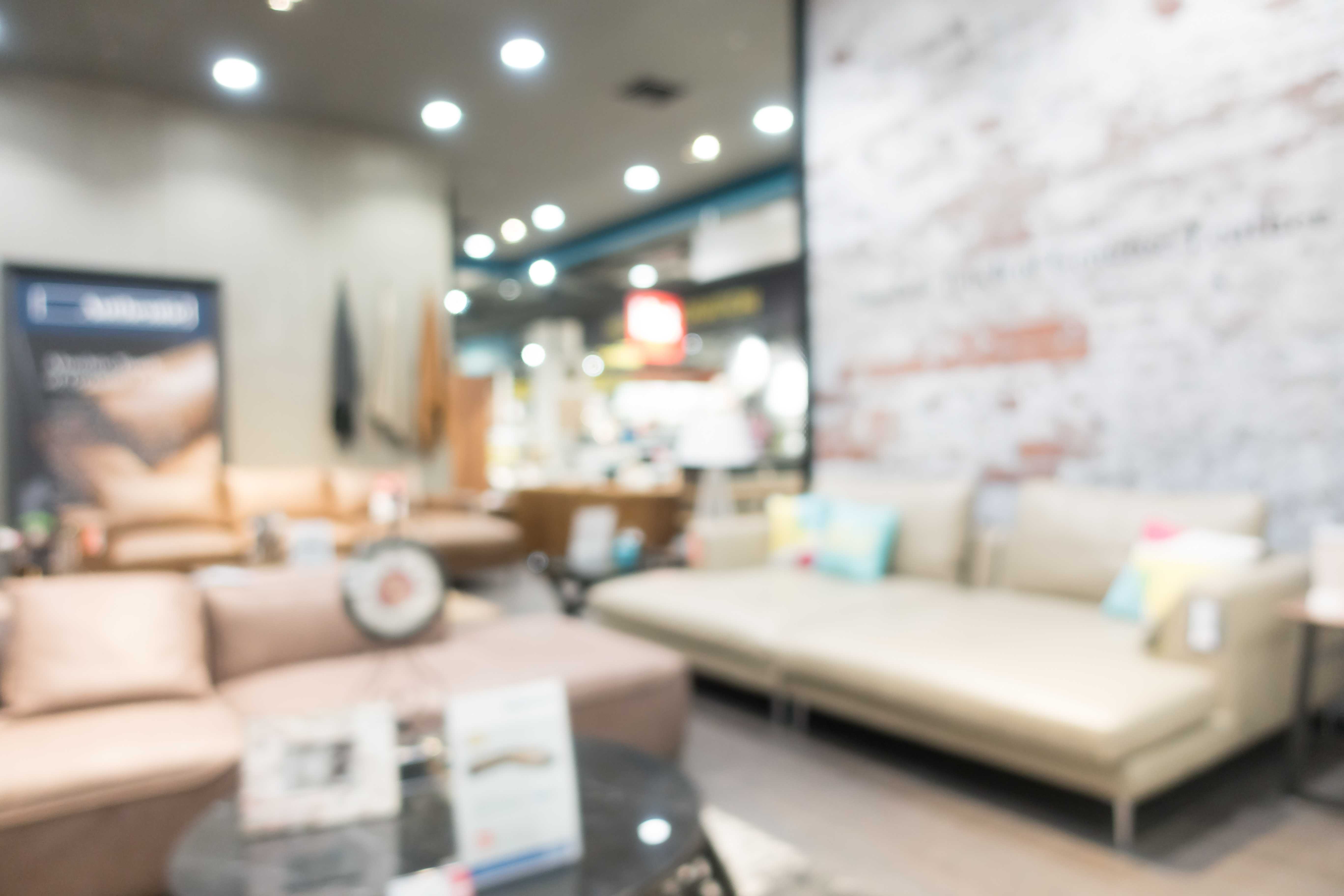

Sure, here's an example of an article structured in HTML format without the overall HTML structure: ```html
Your home is more than just a place to live; it's a personal sanctuary where each element contributes to an atmosphere of comfort and serenity. Achieving harmony in your home décor can be akin to conducting a symphony—every piece of furniture and accessory must play its part to create a symphony of style. In this article, we’ll explore how to select exquisite furnishings that not only complement each other but also enhance your living space, creating true harmony in your home.
Before delving into specific furnishings, it's important to grasp the foundational concepts of harmonious interior design. Harmony in home decoration is about balance, rhythm, emphasis, and unity. Balance ensures that no single part of the room overwhelms another, rhythm creates a visual flow, emphasis establishes a focal point, and unity ties the entire space together. Keeping these principles in mind allows for a cohesive and inviting home environment.
Furniture is the backbone of any room's decor. Opt for pieces that not only match in style but also in scale and proportion. Consider the architecture of your room when selecting furniture—a grand, open space calls for larger, statement pieces while a smaller room benefits from more intimate and scaled furnishings. Sofas, tables, and chairs in complimentary styles and fabrics will help create a congruent look.
Color is a powerful tool in achieving harmony. A thoughtful color scheme can connect disparate elements and establish a mood. Whether you prefer a monochromatic, analogous, or complementary color palette, make sure it is consistent throughout the furniture and accessories. Subtle variations and shades of your primary color can add depth and interest without disrupting the overall harmony.
Accessories are like the jewels of interior design—they can enhance or clutter a space. Choose accessories that have a common thread, be it material, texture, color, or theme. Rugs, cushions, art, and decorative objects should support the overall design concept rather than compete with it. Every item should feel intentional, adding to the room's aesthetics without causing visual noise.
Lighting plays a crucial role in the ambiance of a room. It can highlight focal points, illuminate work areas, and create an inviting glow. Incorporate a mix of ambient, task, and accent lighting to cover all the functional needs while also adding aesthetic value. Light fixtures themselves can be pieces of art that contribute to the room’s harmony.
Finding the right balance between form and function is at the heart of creating a harmonious home. Every piece of furniture, each color choice, and all the accessories you select should be a reflection of your personal style while still blending seamlessly together. With careful consideration and a focus on balance, rhythm, emphasis, and unity, your home will not only look exquisite but also provide a comforting and cohesive atmosphere where you can truly relax and feel at peace.
``` Note: The heading tags (`` tags. This structure would go inside the `
` tag of a full HTML document structure.